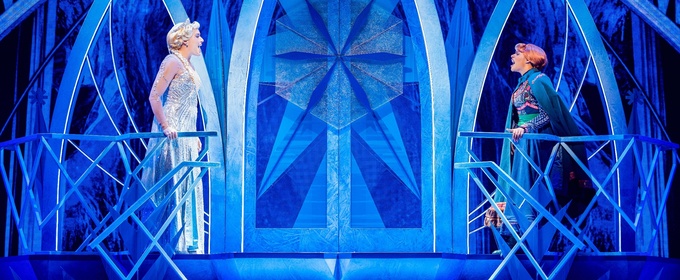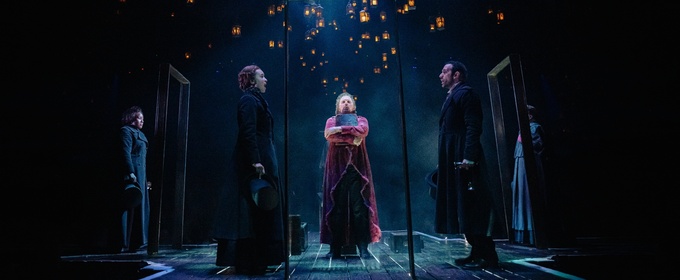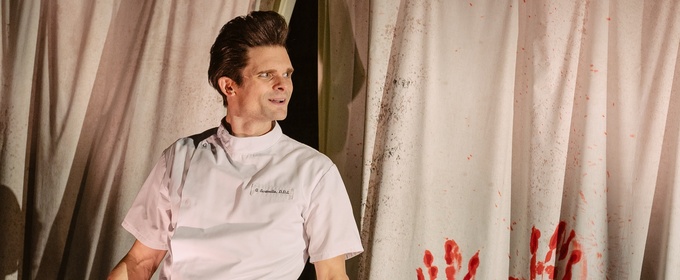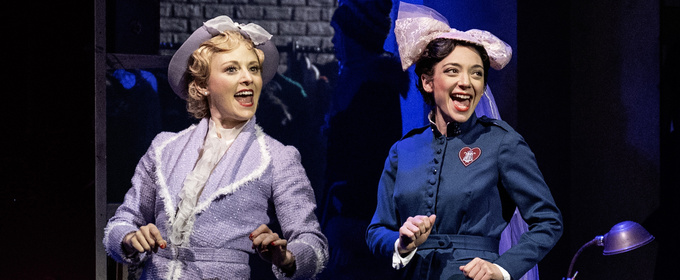Trending Stories
Recommended for You
HAIRSPRAY, NEWSIES and More Set for The Muny 2026 Season
The season will also feature Rodgers & Hammerstein’s South Pacific, the Muny premiere of Ain’t Too Proud: The Life and Times of The Temptations and more.
Lane, Metcalf, and Abbott to Star in DEATH OF A SALESMAN Revival
The revival will be directed by Tony Award winner Joe Mantello.
Joshua Bassett and Joy Woods to Join LITTLE SHOP OF HORRORS
Bassett is best known for starring in "High School Musical: The Musical: The Series". Woods is best known for her Tony-nominated performance in Gypsy, and more.
Broadway Grosses: Week Ending 11/30/25 - Total Grosses Hit $48,363,979
The top 5 grosses shows include Harry Potter and the Cursed Child, Hamilton, and more.
Ticket Central
Industry
West End

Review: TONY HADLEY - THE CHRISTMAS BIG BAND TOUR, Royal Albert Hall
Ex-Spandau Ballet frontman knows his audience
Ex-Spandau Ballet frontman knows his audience
New York City

Photos: The Neighborhood Playhouse Present A Red Door Reading Of John Patrick Shanley’s PRODIGAL SON
Directed by Michael Herwitz at The Neighborhood Playhouse
Directed by Michael Herwitz at The Neighborhood Playhouse
United States

Feature: Ground Floor Theatre Celebrates Ten Year Anniversary
You can bet they’ll continue building community and connection for the next ten years and beyond — making it easier for the rest of us to do the same.
You can bet they’ll continue building community and connection for the next ten years and beyond — making it easier for the rest of us to do the same.


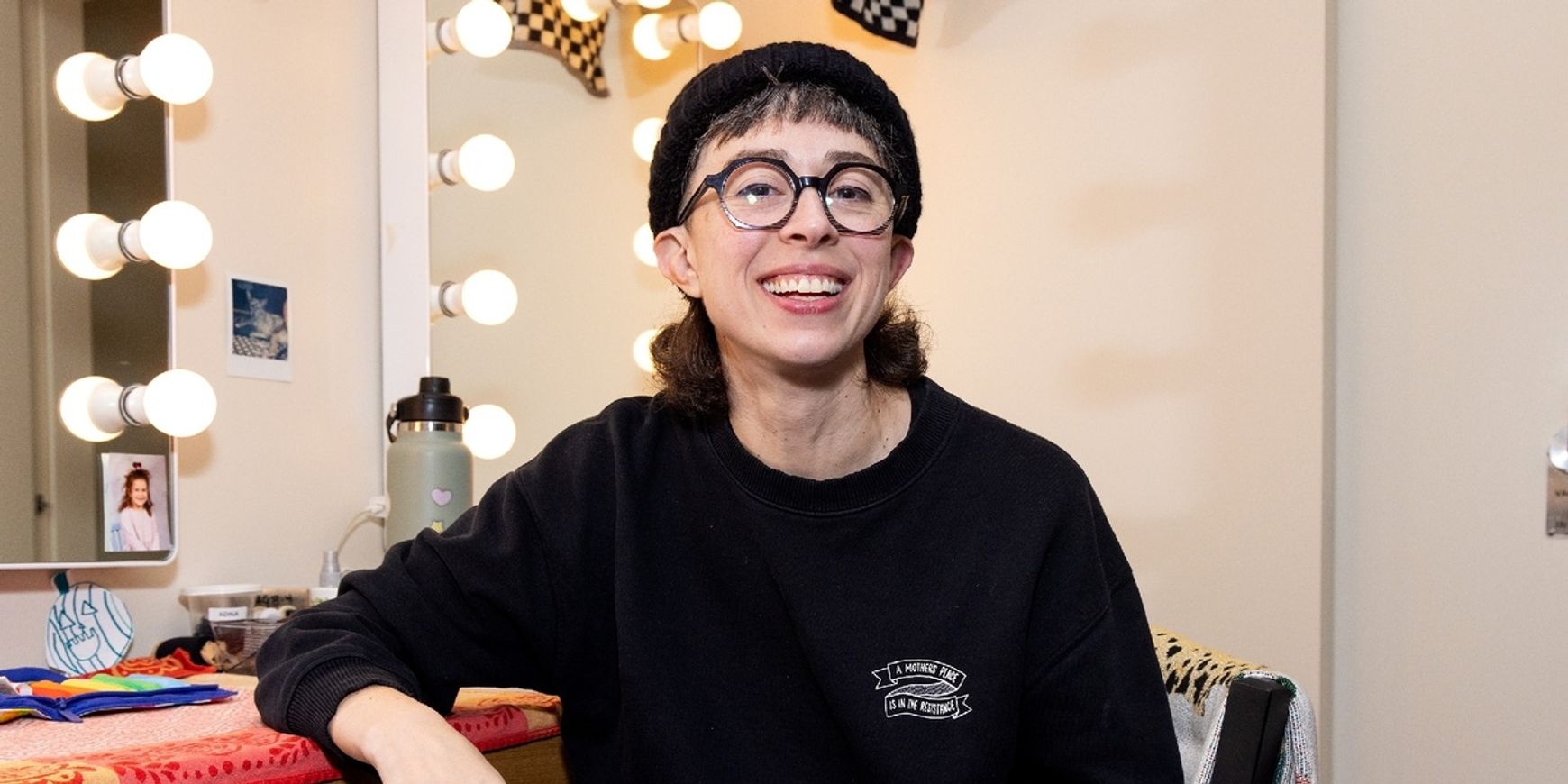






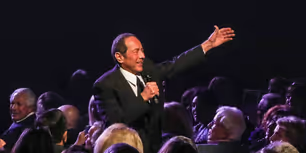






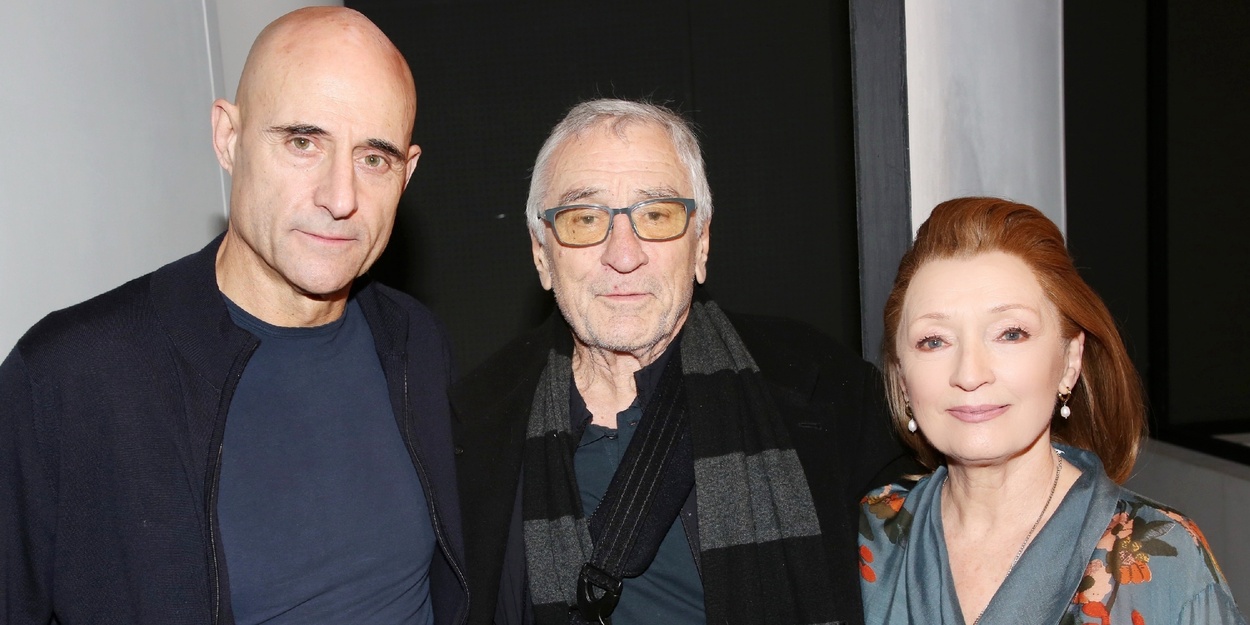

































.jpg?format=auto&width=606)
















